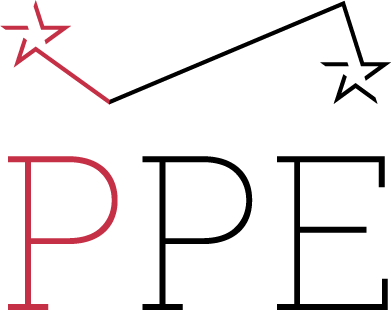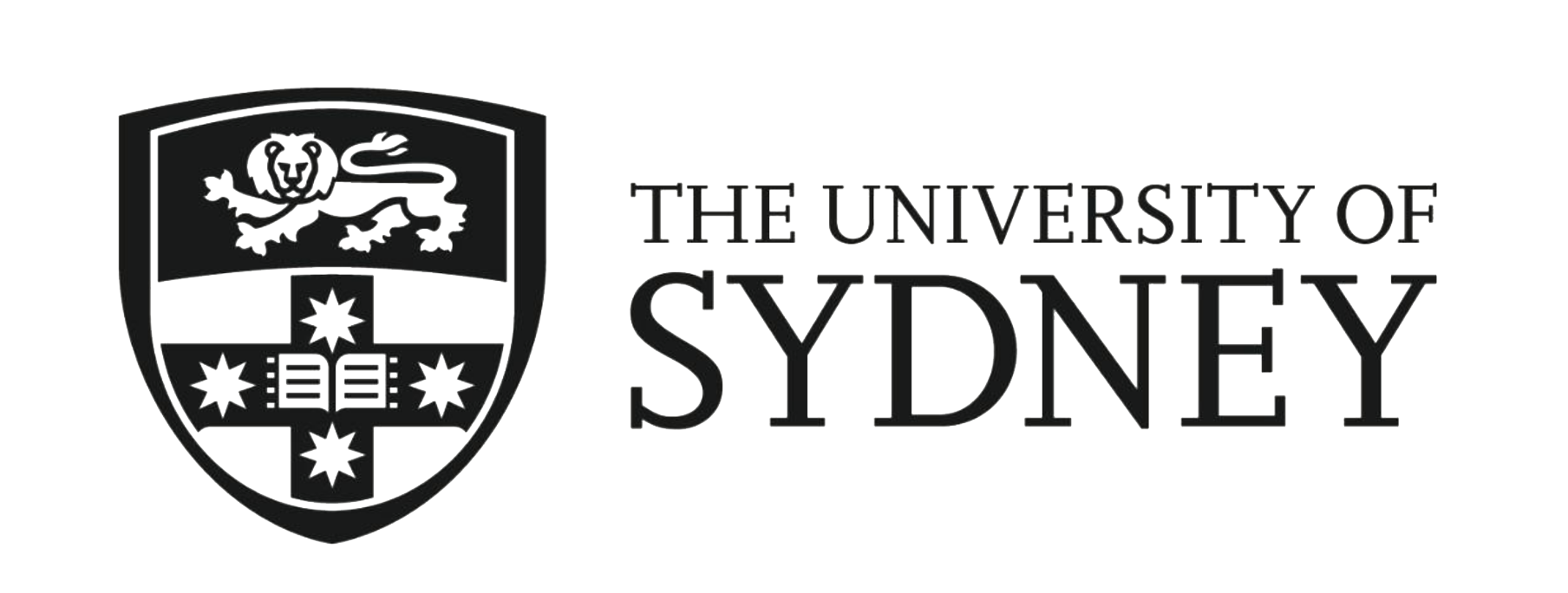It was almost inevitable that microfinance would be proposed as a solution to COVID-19 related financial problems of the poor. But COVID-19 has plunged the incomes of the poor into free-fall, and as a result, many microfinance institutions are in dire straits. As sub-prime lenders, microfinance institutions (MFIs) are not getting their 25-35% per annum loans repaid. Naturally, the MFIs are turning to their backers in international development, including international financial institutions and governments, for bail-outs. Some micro-lenders see the increasing precarity of the poor in the Global North as an opportunity for government-backed expansion, including in Australia. Never let a good crisis go to waste, as the saying goes.
But is a bail-out response inevitable? My research on finance in post-conflict frontiers says no, let the microlenders fail. If we listen to the evidence, especially the evidence showing the failure of microfinance to effect positive change in post-conflict environments (by definition, crisis-affected), we can see why micro-lenders should be left to fail, and alternatives sought. In short, providing high interest loans of 25-35% per annum is a terrible solution for poverty and crisis. In my article in the RIPE special issue on gendered circuits of violence, I show how microfinance cultivates a financial landscape of loan sharks, arbitrage, default and debt that exacerbates crises.
“I’ve got a solution, find me another problem”
Despite obvious shortcomings, microfinance has been proposed as the solution for any number of development problems for decades. The growth of microfinance coincides with the rollout of structural adjustment programmes in the 1980s. When international financial institutions insisted on austerity in education, health, and welfare spending, they encountered a lot of resistance and part of the way that the international financial institutions tried to limit this social conflict was to make small loans to the poor.
Advocates say that putting money in the hands of women would provide resources, which would give women more bargaining power with their husbands. The group microfinance model (money is lent to the whole group, with everyone taking turns in borrowing and being responsible for individual defaults) was supposed to be a tool for solidarity building. Feminist theory told us that it was women, united, that would be able to defeat patriarchy, so it seemed to check out.
This rhetoric around increasing gender equality has been central to microfinance’s success. The gender-finance win-win formula meant that microfinance was used in a truly diverse array of women’s empowerment initiatives in maternal health provision, food security, child school attendance, anti-violence against women training, combatting violent extremism and women’s leadership training.
Now advocates are looking for what microfinance can do for (post) COVID-19 economic rebuilding.
Conflict → Crisis → Debt → Crisis
Microfinance has also been used to try to “build back better” after conflict. Women’s economic empowerment initiatives using microfinance have been front-and-centre of many economic rebuilding programmes in conflict zones.
But because microfinance is an individualised response, it doesn’t solve major issues around infrastructure, employment, militarisation and so on. We see that countries with major microfinance crises are also often ones that experience conflict. And it’s this dynamic between fragility and crisis where we can draw some salient lessons for the (post) COVID-19 environment.
Timor-Leste provides a case in point. After the end of the 24-year Indonesian occupation in 1998, the United Nations and army of donors sought to rebuild state institutions and the economy. In this policy mix, microfinance was seen as “win-win” because it would help the fragile economy and increase women’s rights which had been severely affected by the war.
From 2002-2017, donors spent a total of nearly $US45 million on various projects promoting microfinance and credit cooperatives. World Bank, the Asian Development Bank, and the United Nations Capital Development Fund, as well as the Grameen Bank and Catholic Relief Services all founded microfinance schemes. Many donors and advocates saw Timor-Leste as “green fields investment” for microfinance. Donors, international organizations and the international financial institutions portray microfinance as an innovative first-step in post conflict economic recovery, but microfinance is usually already there.
Post-colonial and Militarized Microfinance
But microfinance was already well entrenched in Timor-Leste. When the UN arrived in 1998, there were already thousands of microfinance groups or credit cooperatives in Timor-Leste.
Microfinance (that is, loans at high interest to the poor organized in groups) was a part of the Indonesian occupation and rural development strategy (1975-1999), which in turn was derived from Dutch colonial policy. During the two decades of occupation and with the backing of the World Bank and USAID, the Indonesians in Timor-Leste used microfinance programs to distribute seeds and fertiliser for agricultural extension, to promote schooling outcomes and, most egregiously, it was also used by the corrupt Indonesian military to extract large profits from coffee production in the province.
Credit cooperatives were also implicated in the Indonesian government control over women’s fertility in the province and access to maternal health care was predicated on joining a microfinance group. Like in the rest of Indonesia, microfinance was used as part of development strategies focused on women that allowed middle class women to control poorer women.
The Visible Hand of International Financial Institutions
Turning back to 1998 and the statebuilding experiment in Timor-Leste, international financial institutions sought to expand the reach and the impact of microfinance. But they were doing so in a very fragile post-conflict economy. Although militarized and exploited as part of Indonesia, Timor-Leste was suddenly completely cut off from the large and dynamic Indonesian economy. The withdrawal of Indonesian troops, the Indonesian government workers and Indonesian social welfare system meant the economy went through a severe contraction in 1998. Donors responded with an intervention in the microfinance market; refinancing older Indonesian cooperatives and founding new ones.
In 2002 another crisis occurred. Most UN troops left by around 2002 which caused a severe economic contraction and then a microfinance crisis. Clients like Timorese war widows were unable to repay their loans. Overall repayment rates in the World Bank’s credit scheme fell to 40%. The independent evaluation of that program which ran from 1998-2002 concluded microfinance was not suited to the post-conflict environment because of the fragility of the post-conflict economy, and donors should have used grants, not credit, to rebuild. External factors such as decline in demand, oversupply, and lack of consumer confidence stopped people from repaying debts and led to a failure of the microfinance institutions. The World Bank declared it’s microfinance program a failure and the scheme was abandoned.
In the face of this crisis and despite its lessons, the Asian Development Bank and the World Bank’s International Financial Corporation, took four steps to bail out the microfinance sector:
- Transferring private microfinance institutions to state ownership, that is, socializing microfinance created losses
- Subsidies and grants to microfinance institutions
- Favorable regulation (no interest rate caps)
- Promotion of other, less regulated forms of microfinance (self-help groups)
What this “visible hand” of the bail out of microfinance shows us is interesting: Donors claim microfinance is a self-sustaining and gender sensitive tool for poverty reduction. However, bailouts after crises show it is not financially sustainable. These same facts are visible in the current COVID-19 crisis with many microfinance organisations in need of bail outs.
Microfinance also cannot sustain the poor who use it to cope with cries. The high interest rates (25 to 35% p.a., and much higher rates of up to 365% p.a. in self-help groups) cause financial distress to Timorese families. Advocates for microfinance suggest their product protects the poor from rapacious money lenders but in reality, “good microfinance” and “bad moneylenders” form an interrelated landscape of finance and borrowers cannot tell the difference.
My research shows how these forms bleed into one another in practice, and how microfinance harms the most vulnerable in Timor-Leste through extraction via high interest rates (loan sharking), exacerbating violence against women, and increasing wealth gaps between the relatively well off.
What does post-conflict microfinance tell us about (post)-COVID-19 microfinance?
Evidence on microfinance in conflict affected environments shatters the illusion that microfinance is “sustainable” – in fact, lending requires the visible hand of the state to support it. Proponents of microfinance often refer to it as a natural outgrowth of financial markets, but in reality, microfinance requires a deregulation of lending, the removal of interest rate caps, laws to enable re-possessions, large capital subsidies and institutional capacity building to actually implement microfinance as a development policy response.
Microfinance is part of a privatised, deregulated, post-conflict rebuilding that uses taxpayer-money to subsidise private microfinance organisations instead of paying for better social infrastructure. Using credit to plug gaps cannot replace spending on health, education, and welfare which relieve women’s burdens and protect them from some exploitation.
As the gaps widen between what is provided by the state and what people require to live, people (often women) borrow money for consumption and to pay for those basic parts of life: to go to hospital to pay for school fees, to pay health costs, and to keep body and soul together. Women are the main borrowers and then become responsible for provisioning and for the everyday survival of families using debt. Their debt repayment realises itself as profit on the international finance market.
We need better solutions that support the vulnerable. The evidence – especially from conflict affected areas – is that microfinance cannot help from doing harm.




Comments